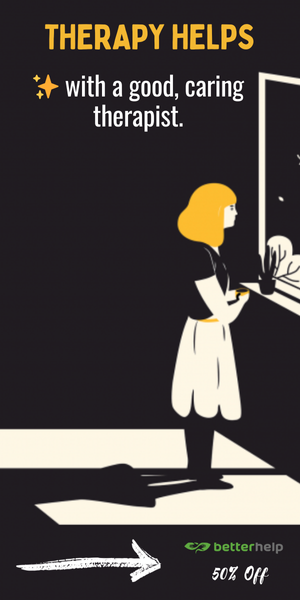In today’s fast-paced world, it’s more important than ever to take care of your mental and emotional wellbeing. Meditation is a simple but powerful tool that can help you reduce stress, increase focus and productivity, and cultivate inner peace and happiness. By following the step-by-step guide provided in this article, you can start your own regular meditation practice and experience the many benefits of mindfulness and relaxation.
Meditation may seem daunting at first, but the truth is that it’s a skill that can be developed by anyone, regardless of age, background, or experience. It’s a journey of self-discovery and self-improvement that can bring profound changes to your life. So, don’t be afraid to take the first step! Start with just a few minutes a day, and gradually increase the duration and frequency of your meditation sessions as you feel more comfortable. Experiment with different techniques, such as focusing on your breath or visualizing a peaceful scene, until you find what works best for you.
Remember, meditation is not a one-time activity but a lifestyle. It’s not about achieving a particular state of mind but about being present in the moment, accepting whatever thoughts or emotions arise, and cultivating a sense of inner peace and joy. So, don’t give up if you don’t see immediate results. Consistency and patience are key to building a strong meditation practice.
The most important thing is to enjoy the journey and have fun! Meditation doesn’t have to be a serious or somber activity. You can make it your own by adding your personal touch, such as playing soothing music, using aromatherapy, or practicing outside in nature. Be creative, be curious, and most importantly, be kind to yourself.
For More, Please Visit… How to Meditate: A Step-by-Step Guide
Explanation of common distractions
some common distractions that may arise during meditation, and how to overcome them:
Thoughts – One of the most common distractions during meditation is thinking. When thoughts arise, simply acknowledge them and gently redirect your attention back to your breath. You can imagine the thoughts as clouds passing by in the sky, without getting caught up in them.
Physical sensations – Discomfort, pain, or itches can also be a distraction during meditation. If you experience any physical discomfort, try adjusting your posture or moving your body slightly. If the discomfort persists, you can acknowledge it and observe it without judgment, but without getting lost in the sensation.
External noises – External noises such as traffic, neighbors, or pets can also be a distraction during meditation. Try to view these noises as part of the environment around you, without getting caught up in them. You may find it helpful to use earplugs or white noise to minimize external distractions.
Emotions – Sometimes, strong emotions may arise during meditation, such as anxiety, fear, or sadness. Acknowledge the emotions and observe them with curiosity and openness, without judging or reacting to them. You can use your breath as an anchor to stay present and centered during difficult emotions.
Remember that the goal of meditation is not to eliminate distractions, but to become more aware of them and learn to stay present despite them. With practice, you can develop a sense of calm and clarity that can help you navigate the ups and downs of life.

 Share on bsky
Share on bsky




Read 0 comments and reply